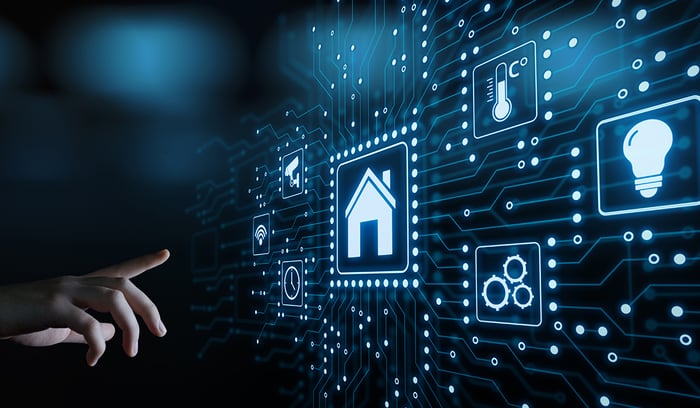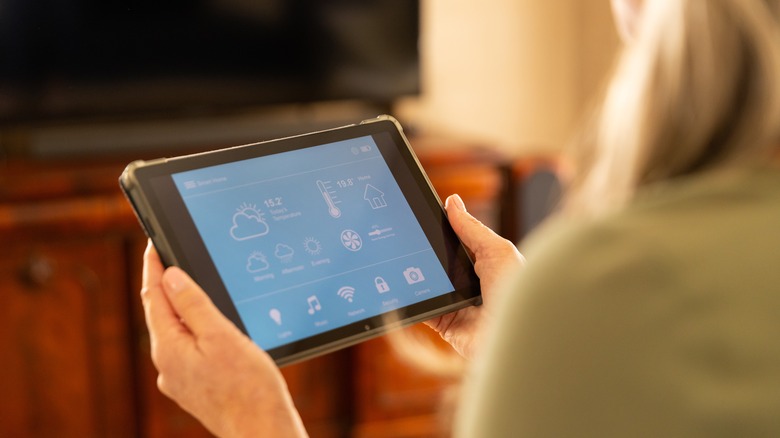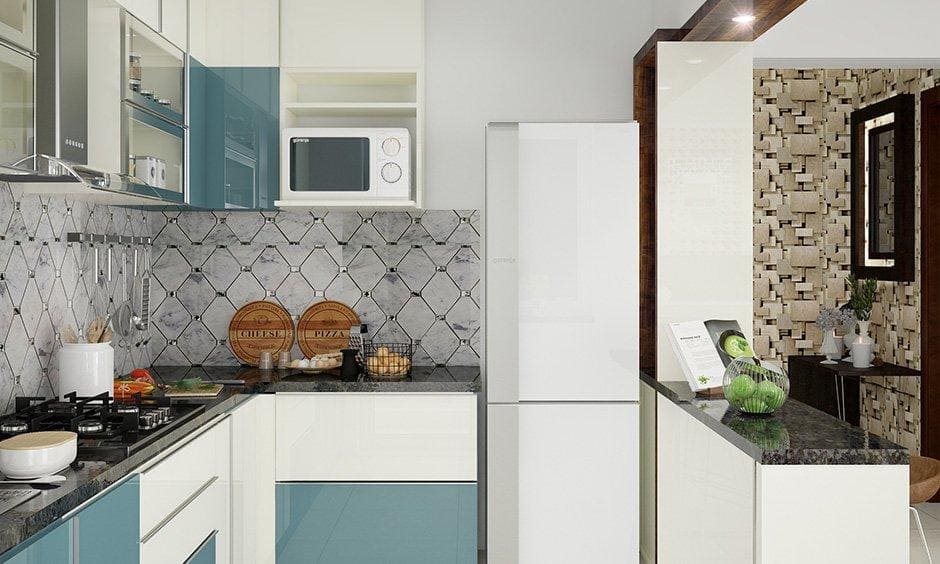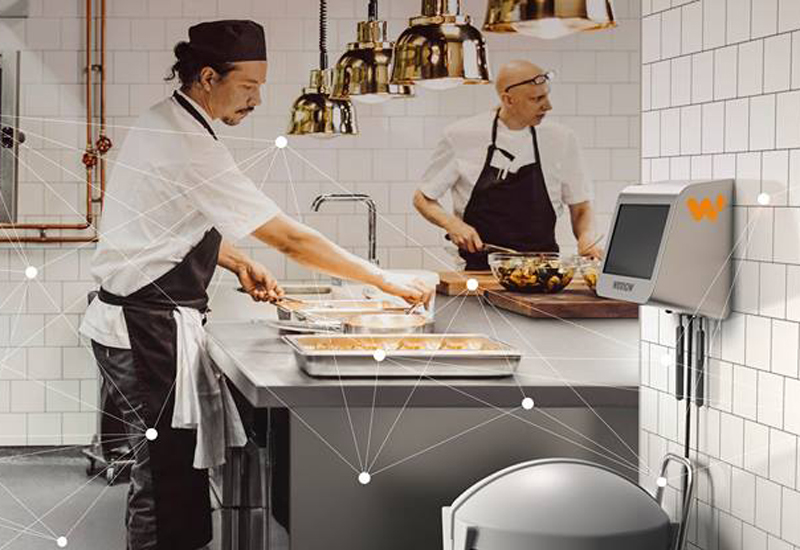In today’s tech-savvy world, the concept of smart home automation without cloud has gained significant traction. Homeowners are increasingly interested in the convenience and security that smart home systems offer, all while maintaining control over their data.

Introduction to Smart Home Automation
The rise of smart home technology has transformed how we interact with our living spaces. These systems automate various household tasks, offering enhanced convenience and efficiency. However, many systems rely on cloud-based services, raising concerns about data privacy and dependency on internet connectivity.
What is Smart Home Automation Without Cloud?
Smart home automation without cloud refers to systems that operate independently of the internet, using local networks and devices to control various functions within the home. This approach ensures greater privacy and reliability, as it reduces the risk of data breaches and service interruptions.
Benefits of Cloud-Free Automation
Choosing a cloud-free automation system offers numerous advantages. These include enhanced privacy, reduced latency, and continued operation during internet outages. Homeowners can enjoy seamless control over their smart devices without worrying about external server issues.
Key Components of a Cloud-Free System
The essential components of a smart home automation system without cloud include a robust local network, compatible smart devices, and a central hub or controller. These elements work together to ensure smooth operation and integration of various smart home functions.
Setting Up Your Cloud-Free Smart Home
Creating a cloud-free smart home involves careful planning and selection of compatible devices. Here are the steps to get started:
1. Establish a Strong Local Network
A reliable local network is crucial for a cloud-free system. Invest in a high-quality router and consider implementing a mesh network for broader coverage and improved connectivity.
2. Choose Compatible Devices
Select smart devices that support local control and integration. Look for products that offer direct communication with your home network, such as Zigbee or Z-Wave compatible devices. Home Automation Protocols play a critical role in ensuring smooth operation.
3. Invest in a Central Hub
A central hub or controller is essential for managing and coordinating your smart devices. Choose a hub that supports a wide range of devices and offers user-friendly interface options.
Popular Cloud-Free Smart Home Systems
Several systems are designed for cloud-free operation, offering robust features and compatibility. Notable options include:
Home Assistant
Home Assistant is an open-source platform that provides extensive customization options and supports a wide range of devices. Its local control capabilities make it a popular choice for privacy-conscious users.
Hubitat Elevation
Hubitat Elevation offers seamless local control and automation capabilities. It supports various smart devices and protocols, making it a versatile choice for cloud-free setups.
Challenges of Cloud-Free Automation
While smart home automation without cloud offers many benefits, it also presents some challenges. These include potential limitations in remote access and integration with certain cloud-dependent services.
Overcoming Integration Challenges
To address integration challenges, explore options for bridging cloud-free systems with compatible cloud services. This approach can enhance functionality while maintaining the core advantages of local control.
Security Considerations
Security is a paramount concern in any smart home setup. Ensure your local network is secure by using strong passwords, regular software updates, and network segmentation. Learn more about home automation benefits to enhance your home’s security.
Data Privacy
By avoiding cloud services, you significantly reduce the risk of data breaches. Local control ensures that sensitive information remains within your home network.
Future of Cloud-Free Smart Homes
The trend towards smart home automation without cloud is expected to grow as technology advances. Innovations in local processing and device compatibility will continue to enhance the capabilities of these systems.
Adapting to Technological Advances
Stay informed about the latest developments in smart home technology to ensure your system remains up-to-date. Embrace new devices and features that align with your privacy and control priorities.
Conclusion
In conclusion, smart home automation without cloud offers a secure, reliable, and private alternative to traditional cloud-dependent systems. By investing in the right components and adopting best practices, you can enjoy the benefits of a truly smart home that respects your privacy and maintains control over your data.

Frequently Asked Questions
1. Can I control my cloud-free smart home remotely?
Yes, you can control your system remotely using secure VPN connections or by implementing compatible remote access solutions.
2. What devices work best with cloud-free systems?
Devices that support local protocols like Zigbee and Z-Wave are ideal for cloud-free setups. Check device specifications for local control compatibility.
3. How do I ensure my smart home remains secure?
Implement strong passwords, enable encryption, and keep your devices updated to maintain the security of your smart home network. Explore Automated vs Smart Home for more insights.





